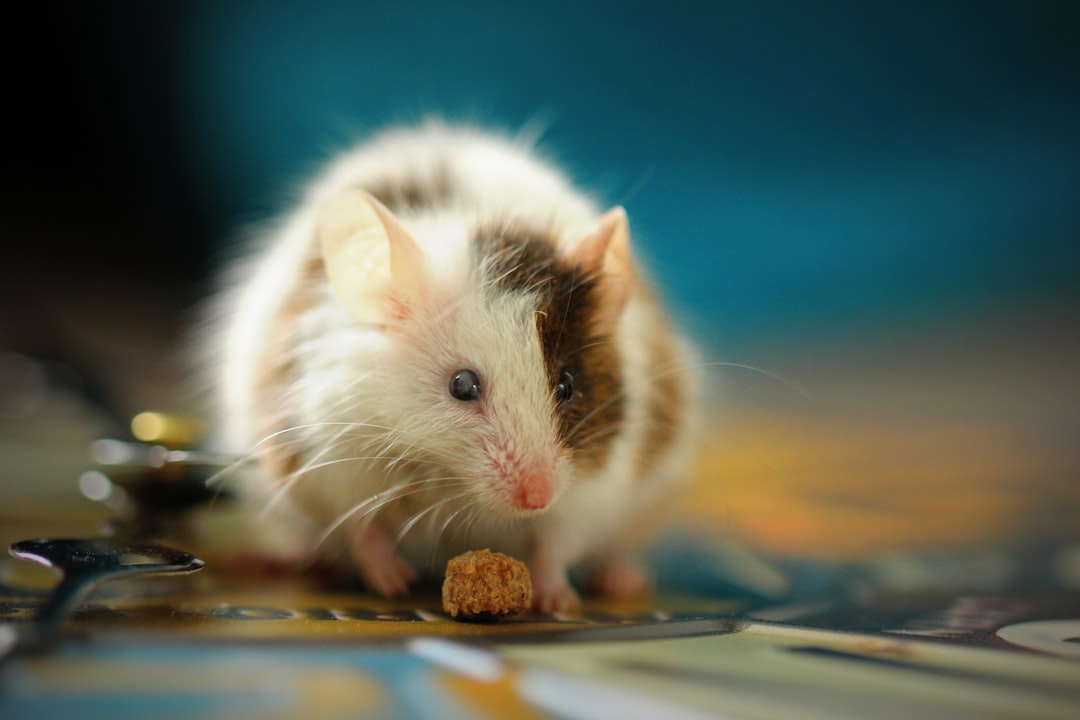What is it about?
Linking the plants important in diets and in agricultural production in countries worldwide with their geographic origins (the places where they were initially domesticated and evolved over hundreds to thousands of years, where the diversity of traditional crop varieties and crop wild relatives is particularly rich)
Featured Image
Why is it important?
Links between where crops came from and where crops are now important give a deeper understanding of interdependence with regard to plant genetic resources worldwide- that is, how much countries need each other in order to access the genetic diversity required to keep their food systems productive and resilient. Results indicate that we are highly interconnected around the world, bolstering the rationale for international collaboration on conservation and access to crop genetic resources, ensuring we keep our agricultural heritage in the public domain, and respecting Farmers' Rights to practice conservation and exchange.
Perspectives
This work was inspired by Ximena Flores-Palacios' 1998 Contribution to the estimation of countries’ interdependence in the area of plant genetic resources. Commission on Genetic Resources for Food and Agriculture, Background Study Paper No. 7, Rev. 1. Rome, Italy: Food and Agriculture Organization of the United Nations. It was an honor to work with her on research building upon her work.
Senior Director, Science and Conservation, San Diego Botanic Garden Colin K. Khoury
International Center for Tropical Agriculture (CIAT)
Read the Original
This page is a summary of: Origins of food crops connect countries worldwide, Proceedings of the Royal Society B Biological Sciences, June 2016, Royal Society Publishing,
DOI: 10.1098/rspb.2016.0792.
You can read the full text:
Resources
Where our food crops come from
Interactive website
Origins and primary regions of diversity of agricultural crops
High quality version of crop map
Orígenes y regiones primarias de diversidad de cultivos agrícolas
Imagen de alta calidad del mapa de origines de cultivos
Origins of food crops connect countries worldwide Supplementary tables
Supplementary tables for Origins of food crops connect countries worldwide
Foreign” crops – from maize to mangoes – dominate national food consumption and farming practices worldwide
CIAT blog on Origins of food crops connect countries worldwide
Origins of food crops connect countries worldwide press release
Press release for Origins of food crops connect countries worldwide
Where our food crops come from: a new estimation of countries’ interdependence in plant genetic resources
Policy brief
Estimation of Countries’ Interdependence in Plant Genetic Resources Provisioning National Food Supplies and Production Systems
International Treaty on Plant Genetic Resources for Food and Agriculture, Research Study 8 (Rome: FAO).
Contributors
The following have contributed to this page










